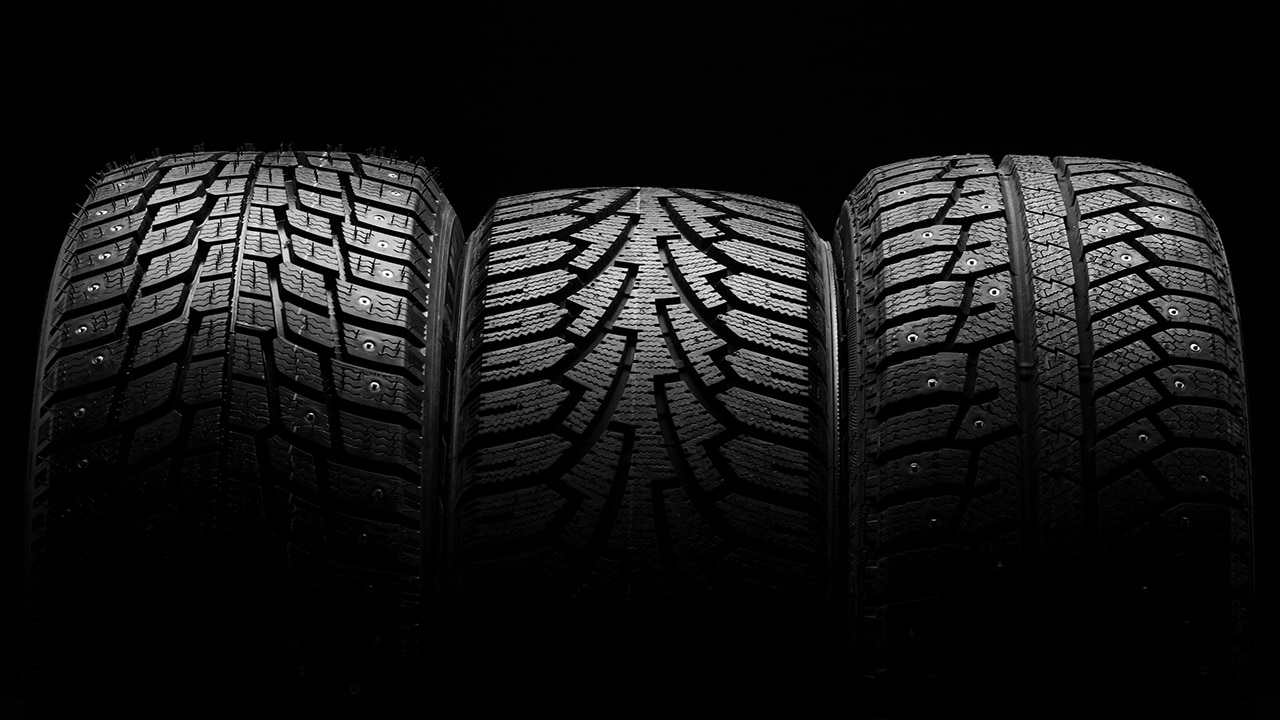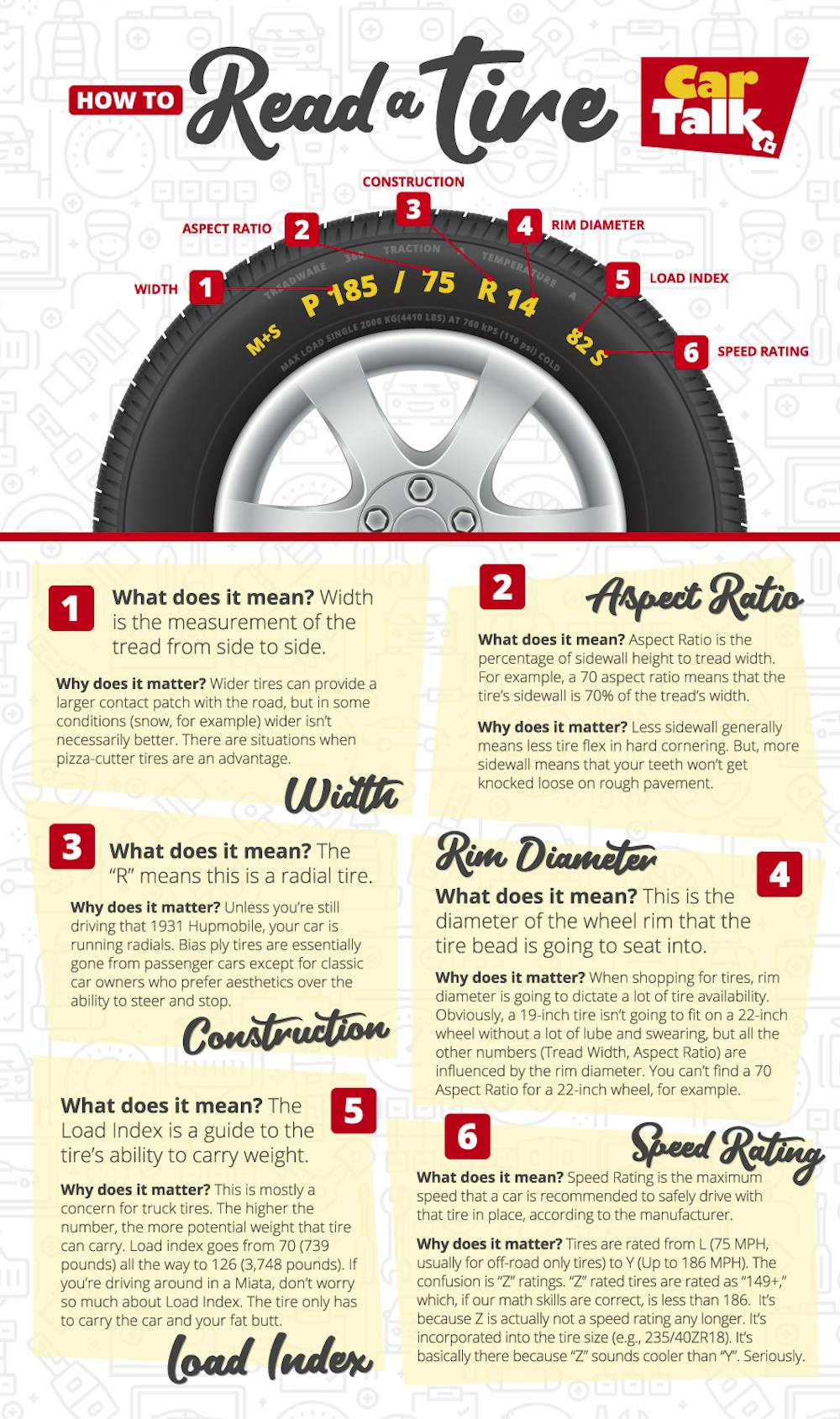All Categories
Featured
Table of Contents
I had the ability to obtain 100 hours out of one of these tires, and while it had absolutely no tire lugs left on it, the soft substance made it function extremely wellas long as I was utilizing a soft mousse. Kitt Stringer image Easy installing - 3Wear - 3Sidewall strength - 3Performance on origins - 4Performance on wet rocks - 2Traction on dust - 5Cornering capability - 4Traction while stopping - 4Self-clearing of dirt and mud - 3Performance in mud - 3Overall predictability or monitoring - 3 _ 37 Verdict: This is an excellent well-rounded tire with great worth for money.

The wear corresponded and I such as the length of time it lasted and just how constant the feel was throughout usage. This would likewise be a great tire for faster races as the lug size and spacing bit in well on fast terrain. Kitt Stringer image Easy installing - 3Wear - 3Sidewall stamina - 3Performance on roots - 4Performance on wet rocks - 4Traction on dirt - 4Cornering capacity - 4Traction while braking - 5Self-clearing of dirt and mud - 4Performance in mud - 4Overall predictability or tracking - 4_42 Final thought: I liked this tire a great deal.
If I had to purchase a tire for tough enduro, this would certainly remain in my top selection. Easy installing - 3Wear - 3Sidewall toughness - 3Performance on origins - 4Performance on wet rocks - 3Traction on dust - 4Cornering capability - 3Traction while stopping - 3Self-clearing of dirt and mud - 4Performance in mud - 4Overall predictability or tracking - 3 _ 34 Final thought: This tire was really soft and flexible.
All the gummy tires I tested carried out rather close for the first 10 hours or two, with the victors mosting likely to the softer tires that had far better grip on rocks (Long-lasting tyres). Purchasing a gummy tire will definitely give you a solid benefit over a regular soft compound tire, but you do spend for that advantage with quicker wear
Best Tyre Repair Near Me (Alexander Heights WA)
This is a suitable tire for spring and fall problems where the dirt is soft with some moisture still in it. These tried and tested race tires are terrific all about, however use quickly.
My overall champion for a tough enduro tire. If I needed to spend money on a tire for everyday training and riding, I would choose this set.
Affordable Tyre Upgrades
I have actually been running a set of Michelin Power Pilot 2CT's on my track Daytona 675 for the previous year. In that time I have done 15 track days in all weather conditions from cold wet to super hot and these tires have never missed out on a beat. Tyre sales. I have actually done almost 2,000 miles (3,200 kilometres) on them and as you can see from this shot of the front taken after initial session of my 15th track day on them, they still have rather a whole lot of rubber left on them
In other words the 2CT is an amazing track day tire. If you're the kind of rider that is likely to experience both damp and dry problems and is beginning on course days as I was in 2014, after that I believe you'll be hard pushed to locate a much better value for cash and proficient tyre than the 2CT; a set of which will set you back around 185 (US$ 300) in the UK.
Generating a better all rounded road/track tire than the 2CT need to have been a tough task for Michelin. The outcome of that effort is the Michelin Pilot Power 3 which basically changes the Pure. Do not puzzle this brand-new tyre with the road going Pilot Road 3 which is not designed for track usage (although some bikers do).
They inspire huge confidence and supply amazing hold levels in either the wet or the completely dry. When the Pilot Power 3 introduced, Michelin recommended it as a 50:50% road: track tire. That message has actually just recently altered because the tyres are currently suggested as 85:15% road: track usage instead. All the motorcyclist reports that I have actually reviewed for the tyre price it as a far better tyre than the 2CT in all areas yet particularly in the damp.
Honest Tyre Safety Checks Near Me
Technically there are numerous differences between the two tyres despite the fact that both use a dual compound. Visually you can see that the 2CT has fewer grooves cut into the tire yet that the grooves run to the edge of the tire. The Pilot Power 3 has even more grooves for far better water dispersal however these grooves don't get to the shoulder of the tyre.
One aspect of the Pilot Power 3 which is different to the 2CT is the new 2CT+ technology which prolongs the harder middle area under the softer shoulders (on the back tyre). This ought to give extra stability and decrease any type of "agonize" when accelerating out of edges in spite of the lighter weight and even more adaptable nature of this brand-new tyre.

Although I was somewhat suspicious regarding these reduced pressures, it transformed out that they were fine and the tires done truly well on course, and the rubber looked much better for it at the end of the day. Equally as a point of referral, other (rapid team) motorcyclists running Metzeler Racetecs were utilizing tyre stress around 22-24 psi for the rear and 24-27 psi on the front.
Developing a better all rounded road/track tire than the 2CT must have been a difficult task for Michelin. The result of that effort is the Michelin Pilot Power 3 which basically changes the Pure. Do not confuse this new tire with the roadway going Pilot Roadway 3 which is not designed for track use (although some riders do).
Vehicle Alignment Near Me
When the Pilot Power 3 released, Michelin advised it as a 50:50% roadway: track tire. All the rider reports that I have actually reviewed for the tyre rate it as a much better tyre than the 2CT in all locations yet particularly in the damp.

Technically there are fairly a couple of distinctions in between the 2 tyres although both use a double compound. Aesthetically you can see that the 2CT has less grooves reduced into the tire however that the grooves go to the edge of the tyre. The Pilot Power 3 has even more grooves for better water dispersal however these grooves don't reach the shoulder of the tire.
One element of the Pilot Power 3 which is various to the 2CT is the brand-new 2CT+ modern technology which extends the harder center section under the softer shoulders (on the rear tyre). This must provide a lot more stability and decrease any type of "squirm" when increasing out of edges regardless of the lighter weight and even more versatile nature of this brand-new tyre.
Although I was slightly dubious about these reduced pressures, it turned out that they were great and the tyres carried out actually well on course, and the rubber looked much better for it at the end of the day. Equally as a point of reference, various other (rapid team) cyclists running Metzeler Racetecs were utilizing tyre stress around 22-24 psi for the back and 24-27 psi on the front
Latest Posts
Affordable Car Tyres Near Me
Best Tyre Safety
Reliable Tyre Safety Checks – Nollamara